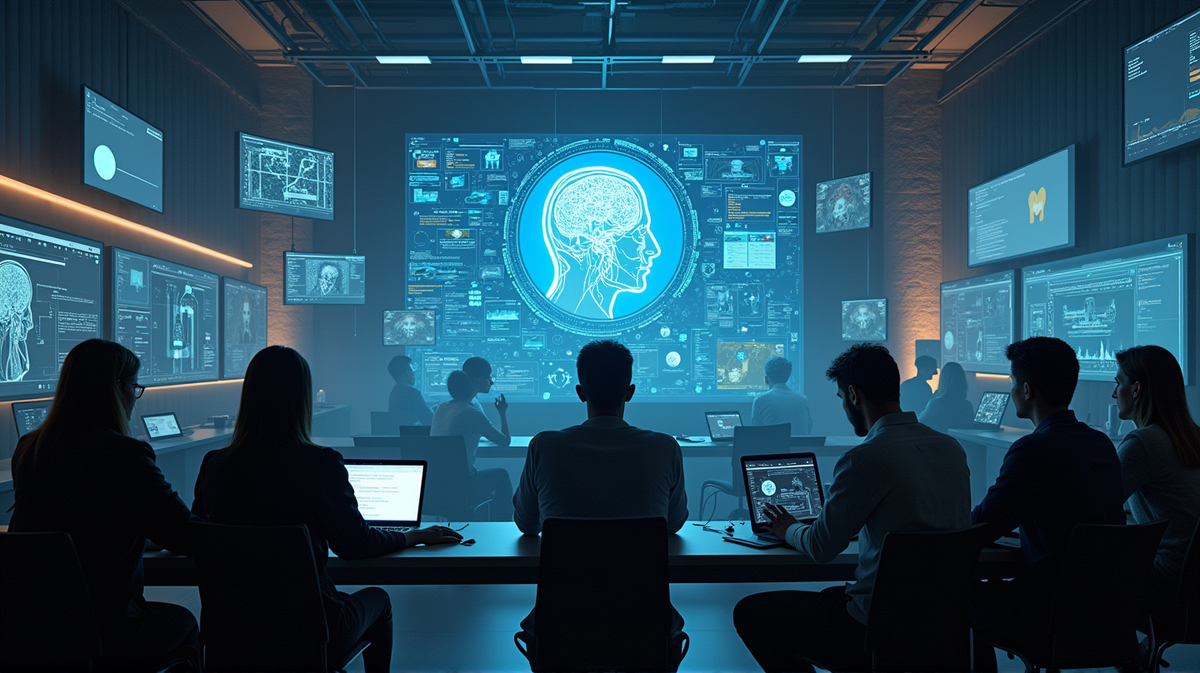AI in Classrooms: A Boon or Bane for Education?
Exploring the debates on AI in education: will it enhance learning or hinder creativity? Insights from California's academic landscape.

A Contest of Creativity vs. Convenience
In the evolving landscape of education, artificial intelligence (AI) has become a hotly debated topic. Across California, educators and students are grappling with this technological wave, prompting questions about its efficacy and impact on learning. While some educators embrace AI’s potential to revolutionize learning environments, others fear it might undermine the very essence of education. According to EdSource, these debates encapsulate a broader struggle between innovation and tradition.
The State’s Educational Agenda
California is at the forefront of integrating AI into its education system. Driven by the state’s strategic alignment with tech giants like Google, Adobe, IBM, and Microsoft, Governor Gavin Newsom has championed AI as a vital part of preparing students for future careers. This initiative, however, has met with mixed reactions, reflecting a broader divide among academia. “AI is the future,” Newsom highlighted, insisting the necessity for maintaining a competitive edge.
Balancing Act: Equity vs. Ethics
Ed Clark of the CSU Chancellor’s Office articulates the AI initiative as an equity move, ensuring students have equal access to cutting-edge tools. However, professors like Toddy Eames, passionately oppose this implementation. Eames argues that AI might rob students of crucial learning opportunities, likening its usage to a crutch that weakens problem-solving skills. In an illustrative classroom experiment, she highlighted AI’s limitations in evaluating the quality of creative work.
Conflicted Students and Classroom Dynamics
The spread of AI creates a dilemma for students like Flynn Fluetsch of Sacramento City College. Conflicted by AI’s potential and limitations, Fluetsch expresses concern over AI’s role in education, where rigid reliance might stifle genuine learning and originality. The sentiment echoes through various campuses, as students and faculty navigate the complex terrain between technological adoption and educational integrity.
Skepticism Amidst Adoption
Not all educators are on board with the AI revolution. Nancy Ann Cheever, from CSUDH’s journalism department, advocates for traditional learning methods, cautious of the misinformation AI could propagate. The spotlight remains on the humanities, where fears loom large over the dilution of creative processes by machine learning. Evelyn Favela’s anecdote about dependence on AI deepening isolation resonates with broader concerns about societal shifts influenced by tech dependencies.
Academic Freedom and Future Perspectives
Amidst apprehensions, Leslie Kennedy of CSU reassures that AI integration permits academic freedom, leaving adoption to individual discretion. Faculty, like Eames, persist in prioritizing human-centric learning experiences, advocating against an undue techno-centric shift. However, open dialogues continue, delving into the societal implications of AI on human behaviors and learning paradigms.
Bridging the Divide
Evelyn Favela’s proactive approach—choosing human interaction over AI dependency—highlights ongoing resistance against unquestioned technological adoption. Meanwhile, Meg Whitener’s creative endeavors foster campus-wide discussions on AI’s role in defining humanity. These narratives exemplify the tension between embracing new technology and preserving the intrinsic human elements within education.
While AI’s integration in academic settings is inevitable, the discourse surrounding its ethical and practical implications contours a pivotal journey—one about defining the future of learning, not just the means. The question looms: can AI in classrooms become our next great educational innovation, or will it erode the very foundation of learning?





